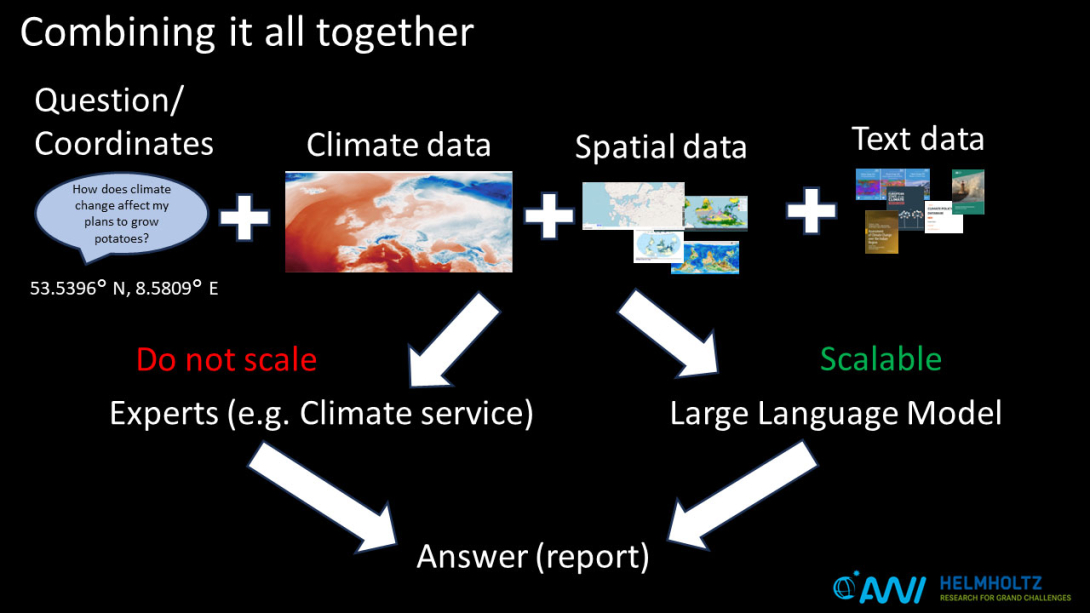The annual Using ECMWF’s Forecasts (UEF2024) event was held online on 5 and 6 June. It welcomed 294 attendees across the two days, with the livestream consistently reaching 110–160. Over 340 people from 66 countries registered to attend UEF2024, which was the largest ever number of registrations for a UEF event.
The event featured four sessions: Forecasting and Research updates, Copernicus and ECMWF Services updates, Machine Learning and the Artificial Intelligence Forecasting System (AIFS), and Speakers Corner – Updates on ECMWF forecast products. Due to the online and compact format of UEF2024, it was decided that only ECMWF updates would be given, plus one invited speaker. In total, 18 presentations were delivered across the four sessions. All recordings and slides are available on the online UEF2024 event page (https://events.ecmwf.int/event/397/).
Attendee feedback showed 100% found UEF2024 ‘Very Useful’ or ‘Useful’. Many participants joined to gain insight into ECMWF plans, developments and product updates, with the AIFS and machine learning of notable interest.
Meeting highlights
With many exciting things going on across ECMWF, Andy Brown, Director of Research, and Florian Pappenberger, Director of Forecasts and Services, joined forces to present on ECMWF’s progress and plans. They provided a summary of ECMWF’s Strategy, model cycles of our Integrated Forecasting System (IFS), open data, machine learning, our role in the EU’s Destination Earth initiative, the two Copernicus services we run for the EU, the European Weather Cloud, and the innovation programme Code for Earth – setting the stage for more detailed talks on many of these topics later in the programme.
ECMWF presented recent and upcoming forecasting product changes, a topic always of interest to users. Matthieu Chevallier summarised updates and showed new visibility meteograms, the new precipitation type freezing drizzle, updated wave products, and the development of hail products. In the Speaker’s Corner, Cihan Sahin gave updates on graphical products ecCharts and OpenCharts and how to access new forecast products in these tools. Nigel Roberts presented a new diagnostic called CURV (Curvature Using Radial Variation) to identify cyclonic and anticyclonic curvature from surface pressure fields or geopotential height using ensembles. One attendee commented that “CURV looks really interesting and promising!!!”. Cristina Lupu showed new real-time simulated imagery forecast products, which are available out to ten days. Tim Hewson proposed a new structure for extended-range anomaly maps and asked for user feedback on this (see the first figure). Tim also presented a collaboration with the UK Met Office on new extratropical cyclone products including front probabilities.

UEF2024’s invited speaker addressed a topic of special interest to many in the meteorological field: the fast-evolving subject of machine learning. Nikolay Koldunov (Alfred-Wegener-Institut, Helmholtz-Zentrum für Polar- und Meeresforschung, AWI) talked about how to use Large Language Models (LLMs) for weather and climate information retrieval (see the second figure). Demonstrations were given on how providing LLMs with relevant data, high-resolution modelling (such as provided by Destination Earth), and fine-tuning questions can result in useful weather and climate information for different sectors in a scalable way, using the open-source ClimSight prototype tool.

Mariana Clare, Simon Lang, and Linus Magnusson (all ECMWF) presented ECMWF’s current machine learning and AIFS status, which consists of three elements: the role of machine learning in Destination Earth, the Machine Learning Project, and the Member State Pilot Project. AIFS scorecards, when compared to those of the IFS (2022), were remarkably good. The AIFS was shown to perform well in many cases with more consistent forecasts than the IFS. However, it verified less well in others, for example by predicting tropical cyclone intensities that were too weak. Simon Lang discussed an AIFS ensemble, which was of keen interest to attendees.
Updates on user-orientation advances in Copernicus were presented by Stijn Vermoote (ECMWF), showcasing the many collaborations and products and services available to users of the Copernicus Climate Change Service (C3S) and the Copernicus Atmosphere Monitoring Service (CAMS). The Copernicus Interactive Climate Atlas and Climate Pulse, online tools to visualise and analyse observed and projected climate information from C3S, were of particular interest to attendees. The section on National Collaboration Programmes, presented by Cristina Ananasso (ECMWF), highlighted strong collaborations with ECMWF Member and Co-operating States to enhance the uptake of C3S and CAMS products and services.
Future UEF events
During UEF2024, there were two exciting announcements. The first was that a side event will be held at the European Meteorological Society Annual Meeting (EMS2024) to engage in person with ECMWF forecast users. EMS2024 will take place from 2 to 6 September 2024 in Barcelona, Spain. More details on the side event can be found here: https://events.ecmwf.int/event/423. The second was that UEF2025 will be part of ECMWF’s 50th anniversary celebrations in Bologna, Italy, in September 2025. More details on that event will follow in due course.
